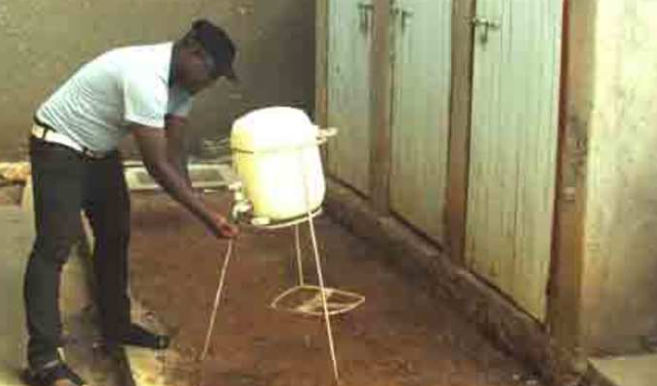Players in the sanitation and hygiene sector demand that government considers including the hand washing segment in its plans as a policy that cuts across.
Only 36.5% of the rural Ugandan population washes their hands after visiting the toilet, while 39.6% in urban areas.
The stakeholders argue that Social Development Goals (SDGs) cannot be attained if the hygiene factor is not prioritized basing on reports of how much government spends treating children affected.
In a media breakfast meeting in Kampala prior the Global Hand Washing Say celebrations slated for October 15, 2018, the coordinator of National Hand Washing Initiative at Ministry of Water, Robert Otim says that at least if 40% of the population adopts hand washing with soap, Uganda can be able to reduce on poor hygiene related transmissions estimated to kill over 32500 children annually according to UNICEF findings.
Although studies show that the simple act of hand-washing with soap and water at critical times can reduce the occurrence of diarrhea and other water-borne diseases by half as well as reduce the risk of lower respiratory tract infections like pneumonia by up to 23%, this life-saving behavior is not widely practiced, with limited access to latrines/ toilets another challenge.
For example, only one in four Ugandans washes hands properly- with soap and water- after using a latrine/ toilet, explaining why about 75% of the country’s disease burden is preventable and linked to poor hygiene and inadequate sanitation facilities and practices.
Statistics at the Ministry of Health indicate that latrine coverage in Kole is at 80 per cent but hand washing is as low as 26 per cent.
It is, therefore, not surprising that Uganda loses about 400 people daily from water-borne infections including, but not limited to; diarrhoea, dysentery, cholera, typhoid, Ebola and Marburg fever, health ministry statistics show.
Challenges
Poor harnessing of rain-water that results in floods during times of plenty and drought when the rains stop, increase in overheads due to increasing number of districts, limited resources, cheaper technology and poor water harvesting techniques, are responsible for poor safe water coverage.
As well, water supply in homes is a reserve of children and women in most Ugandan homes. On average, children and women spend a minimum of 30 minutes in trekking two kilometres to the nearest water source in Uganda.











